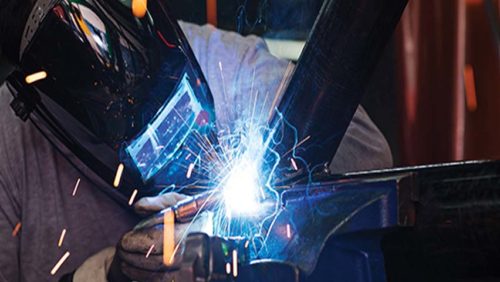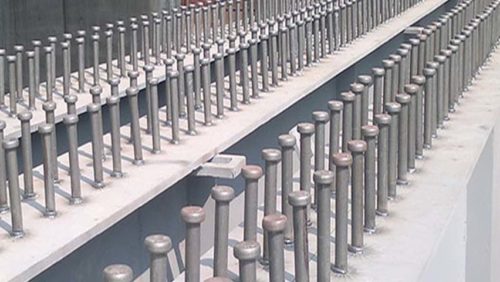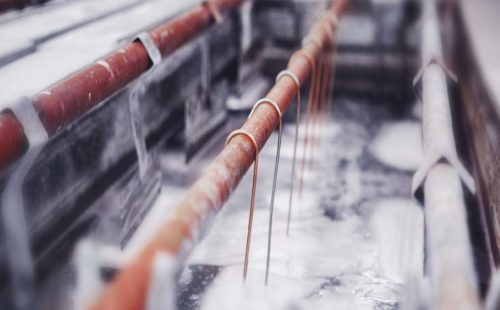Plate Welding
- Home
- Plate Welding

About Product
Plate welding, also called heated tool welding, is a thermal welding technique for joining thermoplastics. A heated tool is placed against or near the two surfaces to be joined in order to melt them. Then, the heat source is removed, and the surfaces are brought together under pressure. Hot plate welding has relatively long cycle times, ranging from 10 seconds to minutes, compared to vibration or ultrasonic welding. However, its simplicity and ability to produce strong joints in almost all thermoplastics make it widely used in mass production and for large structures, like large-diameter plastic pipes. Different inspection techniques are implemented in order to identify various discontinuities or cracks.
More Info
Plate welding, also called heated tool welding, And it is a thermal welding technique for joining thermoplastics. A heated tool is placed against or near the two surfaces to be joined in order to melt them. So heat source is removed, and the surfaces are brought together under pressure.
Hot welding has relatively long cycle times. Because it can be ranging from 10 seconds to minutes, compared to vibration or ultrasonic welding. However, its simplicity and ability to produce strong joints in almost all thermoplastics make it widely. Used in mass production and for large structures. Even like large-diameter plastic pipes. Different inspection techniques are implemented in order to identify various discontinuities or cracks.
S275JR Plate:
The S275JR PLATE is a steel plate made from mild steel or carbon steel. These plates are having huge usage for the structural building, manufacturing in the plant, machinery building, and in mining. It is having carbon and manganese in larger percentage as compared to other steel alloys.Conventional Welding:
The hot plate welding process can be divided into four phases: matching, heating, change-over, and welding/forging. The matching phase serves to match the geometry of the weld surfaces to the theoretical welding plane. Because weld surfaces are heated through conduction by physical contact with the hot plate. The hot plate temperature range is 30 to 100 °C above the melting temperature. And a constant pressure between 0.2 and 0.5 Mpa is applied against the hot plate. Hence this causes the weld surfaces to conform to the hot plate, which has the desired weld geometry. But this also removes surface irregularities. Which increase thermal contact resistance. Hence the parts are in full contact with the hot plate. The heating phase starts and pressure will be reduced to a minimum.
This Product does not have data sheet.
Related Products

Connector Welding
MF Fastener Industries LLC also fabricate Connector welding (Shear Connector) on all kind of steel beam, steel pipes, Steel Sheet and etc as per client requirement.

Metallic Coating
A Metallic coating is a covering that is applied to the surface of an object, usually referred to as the substrate.
The purpose of applying the coating may be decorative, functional, or both. The coating itself may be an all-over coating, completely covering the substrate or it may only cover parts of the substrate.
For example of all of these types of coating is a product label on many kind of metal or more decorative coatings.
We offer (HDG, PTFE, Electro Galvanized, Black Oxide, Yellow, Decromate.

